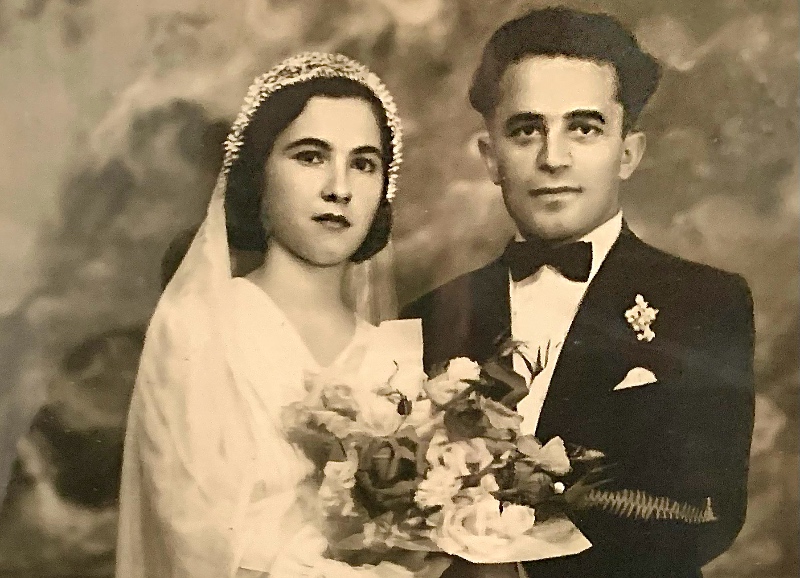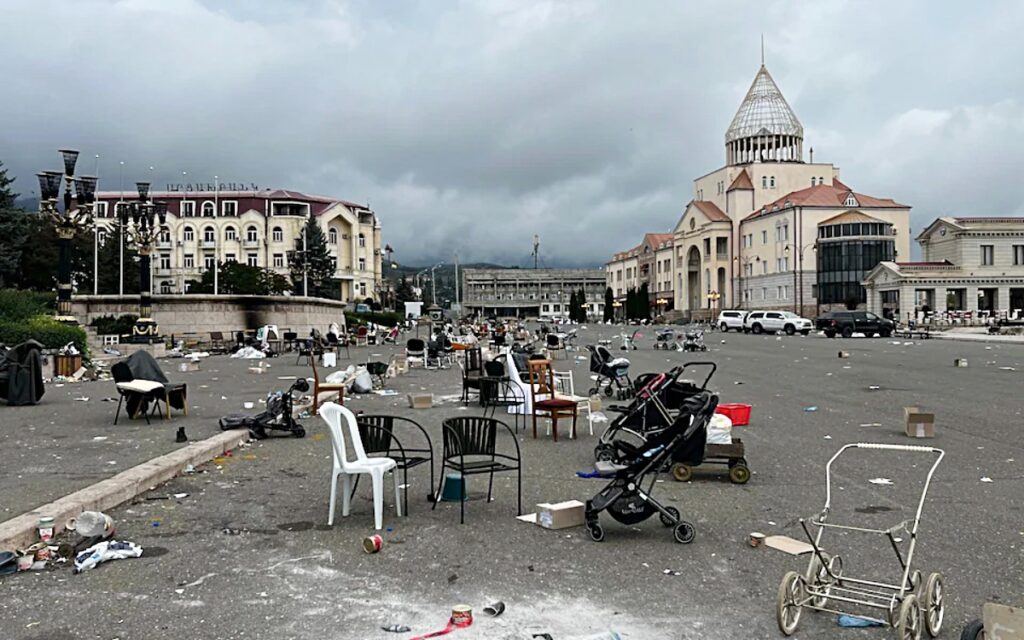In today’s classrooms across Canada and the United States, a troubling trend is quietly shaping how young people understand the past with the Armenian Genocide being left in the shadows.
A recent article by scholars George Dalbo and Kipper Bromia in Asbarez (July 9, 2025) highlights an urgent issue: despite over a century passing since the Genocide, American high school students are still graduating with little or no knowledge of the first genocide of the 20th century.
Why?
Because the educational materials they rely on, from textbooks to teacher workshops, often present a rose-tinted image of the Ottoman Empire, celebrating its ethnic and religious diversity while minimizing or altogether ignoring the systematic extermination of Armenians during and after World War I.
This phenomenon, known as Ottoman nostalgia, has crept into classrooms under the guise of multicultural celebration. Teachers, often well-meaning, are eager to correct stereotypes about Islamic empires, particularly in a post-9/11 world where Islamophobia has run rampant. But in doing so, many educators, and the textbooks they rely on, paint the Ottoman Empire as a beacon of tolerance, leaving out the darker chapters of mass violence, dispossession, and extermination.
For example, one of the most widely used U.S. high school world history textbooks, World History: Patterns of Interaction, reduces the Armenian Genocide to a marginal “call-out box” and labels it an “Armenian Massacre,” stating only that “more than 600,000 died of starvation or were killed” — a staggering undercount. Most historians agree that between 1 and 1.5 million Armenians perished.
Even in advanced, college-level high school courses like Advanced Placement World History, the official curriculum mentions Armenians under “illustrative examples” of ethnic violence, while the Ottoman Empire is praised repeatedly for its inclusiveness and accommodation of diversity.
This is not just an educational oversight. It’s a form of denial.
Denial isn’t always loud or obvious. Sometimes, denial looks like distortion: shrinking death tolls, shifting blame, or drowning the truth in broader narratives of tolerance and coexistence. And in the case of the Armenian Genocide, denial has been carefully cultivated for decades, fueled by state-sponsored campaigns from Turkey and Azerbaijan, filtering into global textbooks, and ultimately landing in the hands of high school students who will never hear the full story.
But there is hope.
Awareness is rising. Not just among academics but among Armenian communities, human rights advocates, and educators who are determined to break the cycle of silence. At the Armenian Genocide Museum of Canada, we believe that young people everywhere, in North America and beyond, have the right to learn the full, unvarnished history of The Genocide.
Why does it matter?
Because historical amnesia breeds repetition. When we fail to teach the Armenian Genocide, we also fail to give students the tools to understand the genocides that followed — from the Holocaust to Rwanda to Darfur. We rob them of the chance to recognize early warning signs, to challenge denialism in all its forms, and to stand on the side of truth.
And at its root, this is not just a fight against erasure. It is a fight against Armenophobia.
Armenophobia — the prejudice, hostility, or hatred toward Armenians as a people — is not a relic of the past. It persists today, fueled by denial, distortion, and nationalist narratives that seek to erase Armenian identity and suffering from history. When schools fail to teach the truth about The Genocide, they unwittingly participate in a system that allows Armenophobia to endure — unchallenged and unchecked.
As Canadian educators, parents, and museum partners, we have an opportunity to advocate for stronger genocide education — in our schools, our communities, and on the international stage. We can partner with teachers, provide accurate resources, and amplify survivor voices to ensure that no student grows up believing the myth of the “peaceful, tolerant empire” without also learning what happened to the Armenians.
The Armenian Genocide is not just a footnote. It’s a defining chapter of world history.
And we will not let it be forgotten.



